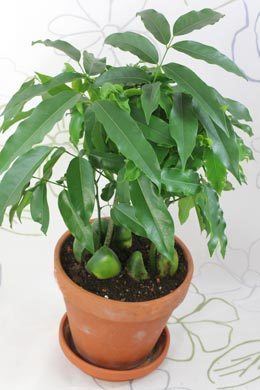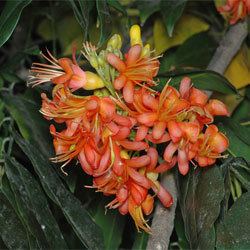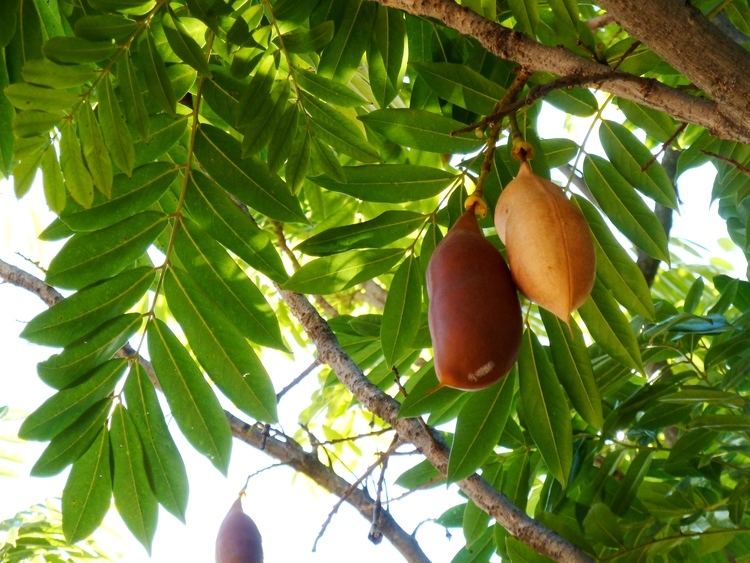Scientific name Castanospermum australe Rank Species | Higher classification Castanospermum | |
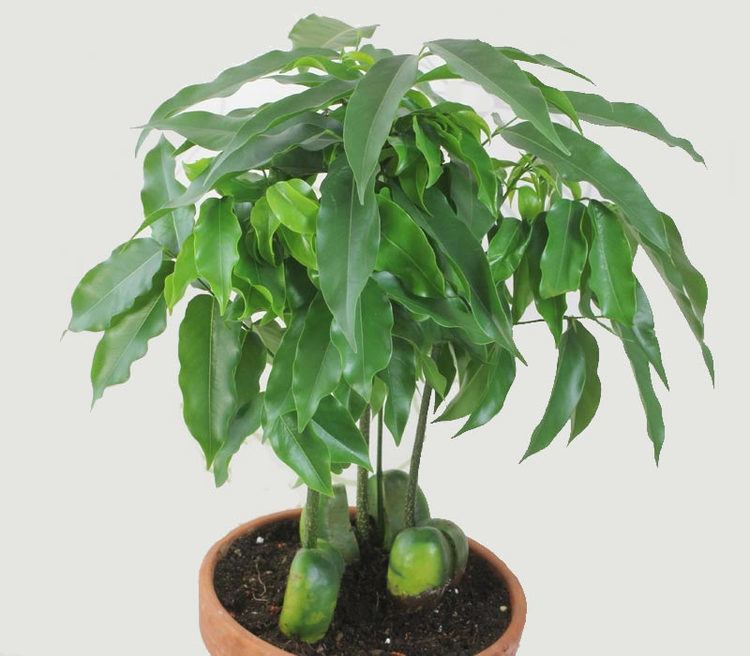 | ||
Genus CastanospermumA.Cunn ex Hook. Similar Styphnolobium, Aeschynomene, Baphia, Acosmium, Flindersia | ||
Castanospermum australe castano magnifico
Castanospermum australe (Moreton Bay Chestnut or Blackbean), the only species in the genus Castanospermum, is a flowering plant in the family Fabaceae, native to the east coast of Australia in Queensland and New South Wales, and to the Pacific islands of Vanuatu, New Caledonia, and the island of New Britain (Papua New Guinea). Members of this genus accumulate iminosugars in their leaves.
Contents
- Castanospermum australe castano magnifico
- Castanospermum australe australische kastanie australian chestnut
- Growth
- Uses
- References
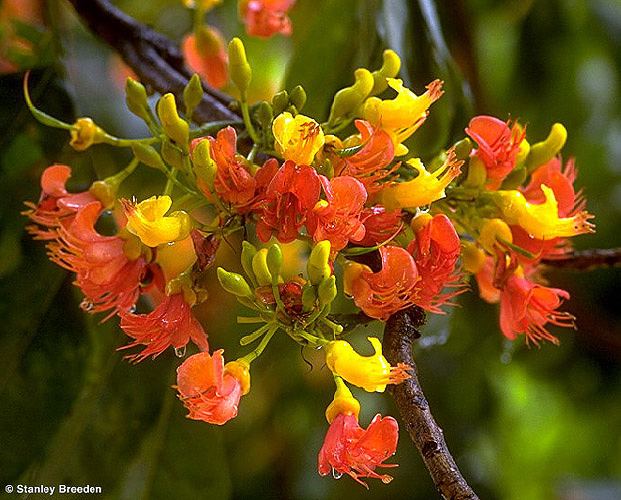
Castanospermum australe australische kastanie australian chestnut
Growth
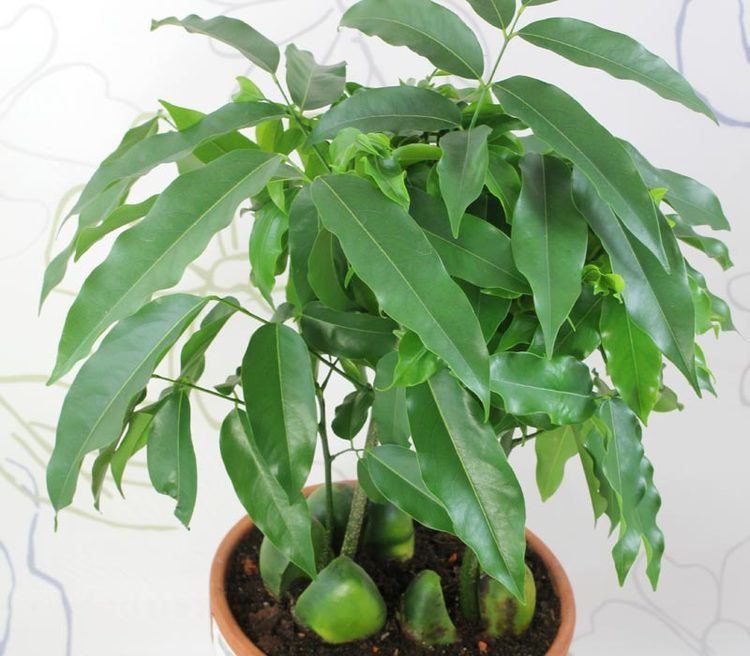
It is a large evergreen tree growing to 40 metres (130 ft) tall, though commonly much smaller. The leaves are 15 centimetres (5.9 in) long and 6–7 centimetres (2.4–2.8 in) broad, pinnate, with 11-15 leaflets. The flowers are bicoloured red and yellow, 3–4 centimetres (1.2–1.6 in) long, produced in racemes 6 centimetres (2.4 in) long. The fruit is a cylindrical pod 12–20 centimetres (4.7–7.9 in) long and 4–6 centimetres (1.6–2.4 in) diameter, the interior divided by a spongy substance into one to five cells, each of which contains a large chestnut-like seed.
Uses
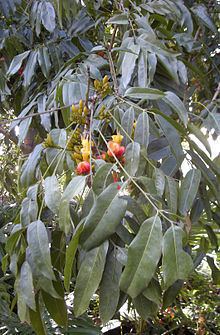
The seeds are poisonous, but become edible when carefully prepared by roasting, cutting up into small pieces, leaching with running water for several days, and pounding into flour. The timber, which somewhat resembles walnut, is soft, fine-grained, and takes a good polish, and the hardwood is very durable.
